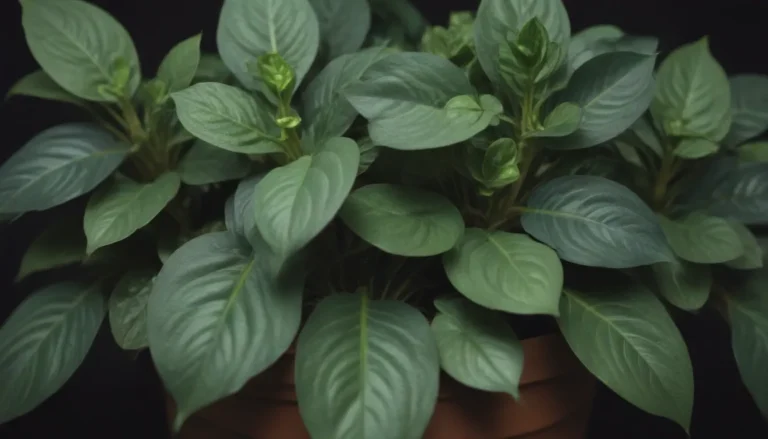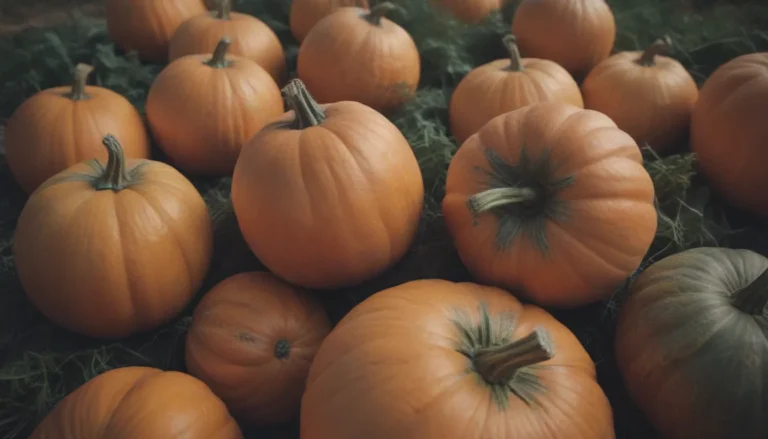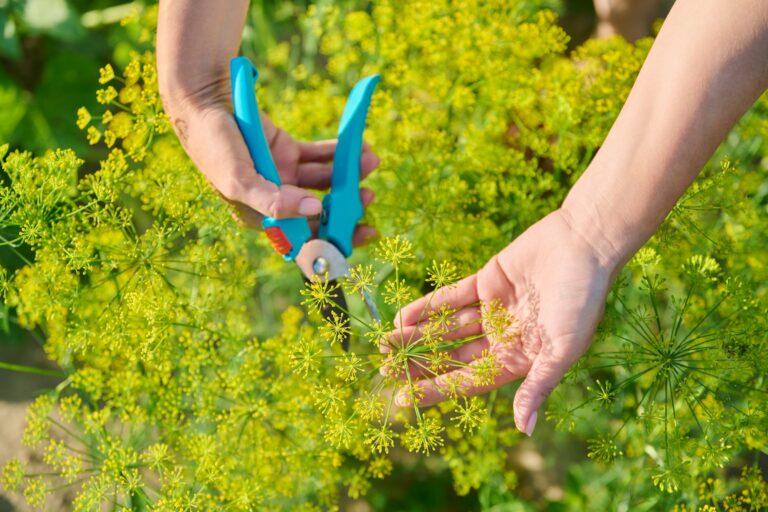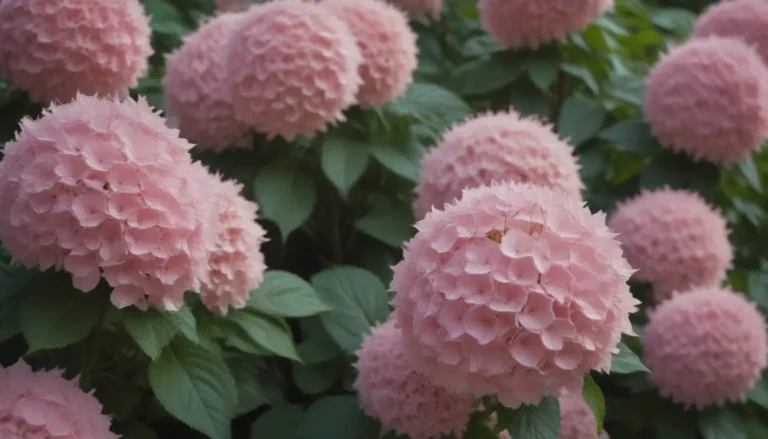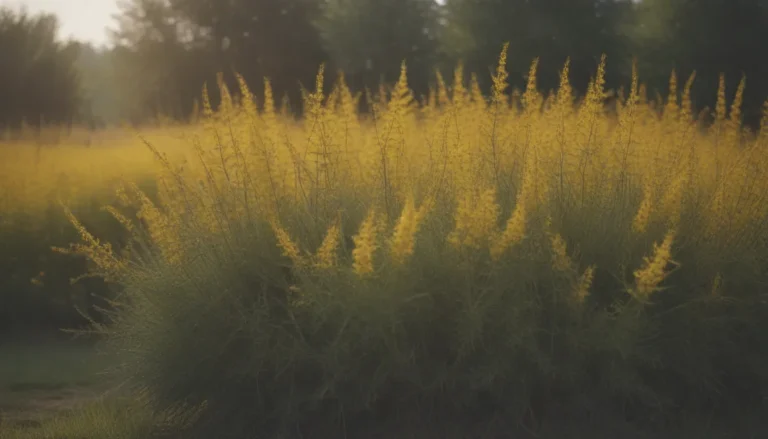The Ultimate Guide to Growing and Caring for Hoya Plants
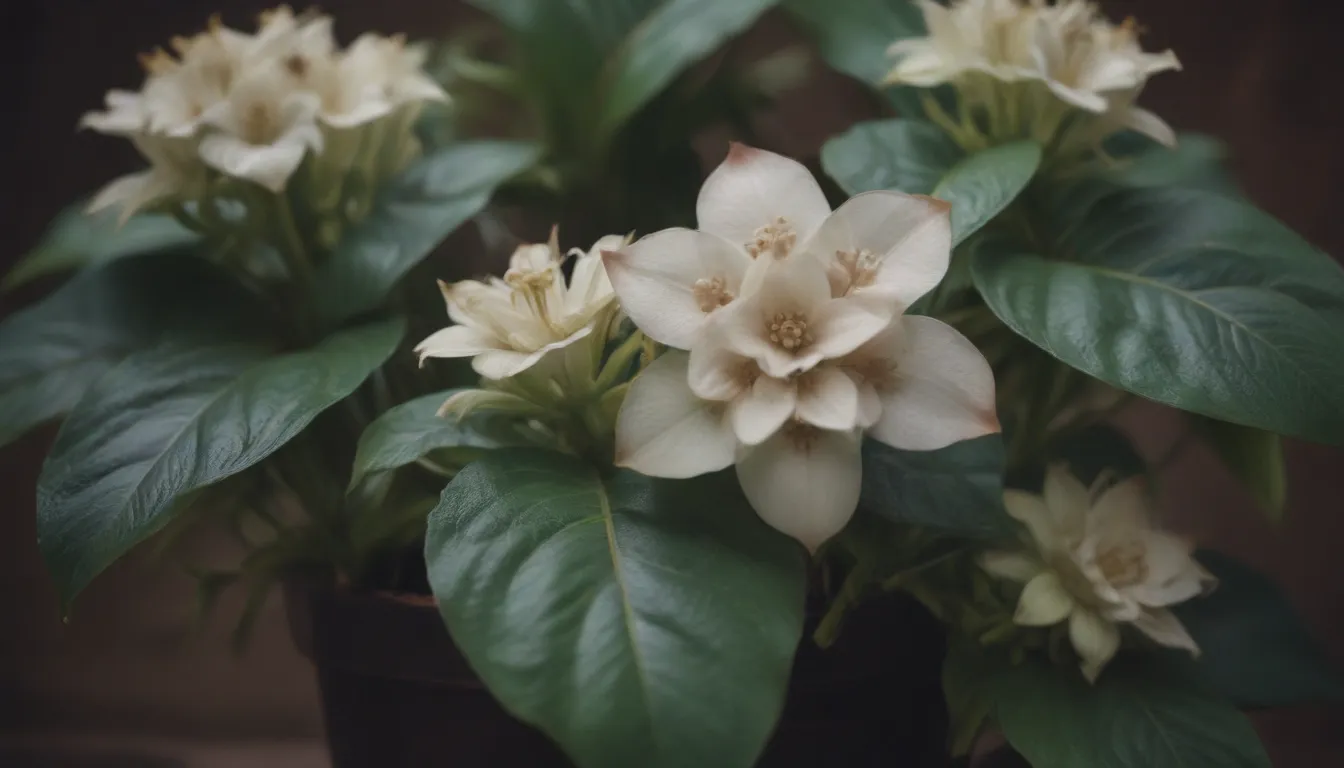
If you’re looking to add a touch of tropical beauty to your home, then the Hoya plant is the perfect choice for you. Also known as wax plants, porcelain flowers, or honey plants, Hoyas are Asian native plants related to milkweeds. With their fragrant tropical flowers that grow in ball-shaped clusters, these plants are a beautiful addition to any indoor garden. Hoyas produce woody stems with waxy leaves that remain evergreen, and they can be trained as a vine or allowed to trail over the side of a container. Whether you’re a seasoned plant enthusiast or a beginner looking to add some greenery to your home, growing and caring for Hoya plants can be a rewarding experience.
Hoya Plant Care 101
Growing Hoyas requires attention to detail and regular care to ensure they thrive. Here are the main care requirements for growing healthy and vibrant Hoya plants:
Light
Hoyas thrive best when they receive bright, non-direct sunlight for at least two to six hours per day. Place your Hoya plant in a location where it can bask in the sun’s rays without being exposed to harsh, direct sunlight.
Soil
Hoyas prefer to be planted in a well-draining, lightweight soil mix with a slightly acidic to neutral pH (6.1-7.5). Ensure that the soil you use for your Hoya plant allows excess water to drain away to prevent waterlogging.
Water
Water your Hoya plant weekly, allowing the soil to dry out completely between waterings. Overwatering can lead to root rot, so it’s essential to strike a balance and not drown your plant with too much water.
Temperature and Humidity
As tropical plants, Hoyas thrive in warm and moist, humid climates. Ensure that the temperature and humidity levels in your home mimic their natural habitat to keep your Hoya happy and healthy.
Fertilizer
Fertilize your Hoya plant monthly with a well-balanced fertilizer that includes nitrogen, phosphorus, and potassium. This will provide your plant with the nutrients it needs to grow and bloom.
Types of Hoya Plants
There are several different varieties of Hoya plants, each with its own unique characteristics and growth requirements. Some popular types of Hoya plants include:
- H. Archboldiana
- H. Compacta
- H. Cumingiata
- H. KerriiVariegata
- H. Onychoides
- Hoya Australis
Each type of Hoya plant has its own specific care needs, so it’s essential to research the type of Hoya plant you have to provide it with the best possible care.
Pruning Your Hoya Plant
Hoyas are slow to moderate growers, and proper pruning can help encourage healthy growth and blooming. When your Hoya plant finishes blooming, leave the flower stalk intact, as it may produce new flowers. Avoid cutting off the flower stalk, as this can delay blooming and waste the plant’s energy. A monthly dose of compost tea or diluted fish emulsion can provide your Hoya plant with the necessary nutrients to thrive.
Propagating Hoya Plants
You can easily propagate Hoya plants by taking stem cuttings and rooting them in soil or water. These tropical plants don’t require much beyond well-draining soil and warm, humid conditions, making them perfect candidates for propagation. Whether you’re a seasoned gardener or a beginner, propagating Hoya plants can be a fun and rewarding experience.
How to Grow Hoya Plants From Seed
If you’re interested in growing Hoya plants from seed, you can start seeds in pots or flats. Harvested or fresh seeds can be propagated following specific guidelines to ensure successful growth. Growing Hoya plants from seed can be a rewarding experience and allow you to witness the full lifecycle of these beautiful plants.
Potting and Repotting Your Hoya Plant
Hoyas prefer to be in a snug pot, and plants that are slightly root-bound tend to flower more prolifically than those in oversized pots. Ensure that your Hoya plant is in a well-draining soil mix and avoid waterlogged conditions that can lead to root rot. When repotting your Hoya plant, use a well-draining soil mix and pasteurized soil to provide an ideal growing environment.
Overwintering Your Hoya Plant
Hoyas bloom throughout the summer months but cannot withstand frost or freezing temperatures. To keep your Hoya plant alive during the winter months, bring it indoors when temperatures drop below 50 degrees Fahrenheit. Providing your plant with a warm and stable environment will ensure it survives the winter months and continues to thrive.
Common Pests and Diseases
Like all plants, Hoyas are susceptible to pests and diseases that can affect their health and growth. Common pests that affect Hoya plants include aphids, mealybugs, and spider mites, which can be controlled using neem oil. Additionally, fungal infections such as Botrytis blight can cause rot and damage your plant. Treating your plant with fungicide and repotting it in sterilized potting medium can help combat fungal infections and keep your Hoya plant healthy.
How to Get Your Hoya Plant to Bloom
Encouraging your Hoya plant to bloom requires the right combination of soil, light, water, and nutrients. Hoyas are reliable warm-weather bloomers, but they require specific care to produce beautiful flowers. Fertilizing your Hoya plant with a phosphorus-rich fertilizer can improve blooming, and providing the plant with adequate light and water will help encourage flower production.
Bloom Months
Hoya plants typically bloom from June through September, providing you with several months of beautiful flowers to enjoy.
How Long Do Hoya Plants Bloom?
Hoya flowers typically last for about a week, allowing you to enjoy their beauty before they wilt and fade away.
What Do Hoya Flowers Look and Smell Like?
Hoya flowers grow in ball-shaped clusters, with each cluster containing up to 40 individual flowers tightly packed together. The flowers have a waxy appearance, similar to porcelain, and emit a sweet fragrance ranging from vanilla to citrus. Their unique appearance and delightful scent make Hoya flowers a favorite among plant enthusiasts.
How to Encourage More Blooms
To encourage more blooms on your Hoya plant, ensure that the soil is well-draining, provide the plant with at least six hours of light daily, maintain moderately moist soil, and protect the plant against insects and diseases. Keeping your Hoya plant root-bound can also encourage flower production and ensure a healthy blooming cycle.
Deadheading Hoya Flowers
Avoid deadheading Hoya flowers, as cutting off the spurs where the flowers bloom from can damage the plant and prevent it from blooming the following year. Allow the flowers to wilt naturally and fall off to maintain the health and vitality of your Hoya plant.
Common Problems With Hoya Plants
Hoya plants are tropical plants that require specific care to thrive, and common problems can arise when their growing conditions are not met. Some common issues that can affect Hoya plants include:
- Leaf drop
- Leaf blackening
- Stem dieback
- Wilting
- Lanky, straggly growth
Each of these problems can be caused by factors such as overwatering, insufficient light, or improper fertilization. By addressing these issues and providing your Hoya plant with the care it needs, you can help it recover and thrive.
Growing and caring for Hoya plants can be a rewarding experience, whether you’re a seasoned gardener or a beginner looking to add a touch of tropical beauty to your home. By following these tips and guidelines, you can ensure that your Hoya plant thrives and produces beautiful flowers for years to come. With the right care and attention, your Hoya plant can become a stunning centerpiece in your indoor garden, bringing joy and beauty to your home.
